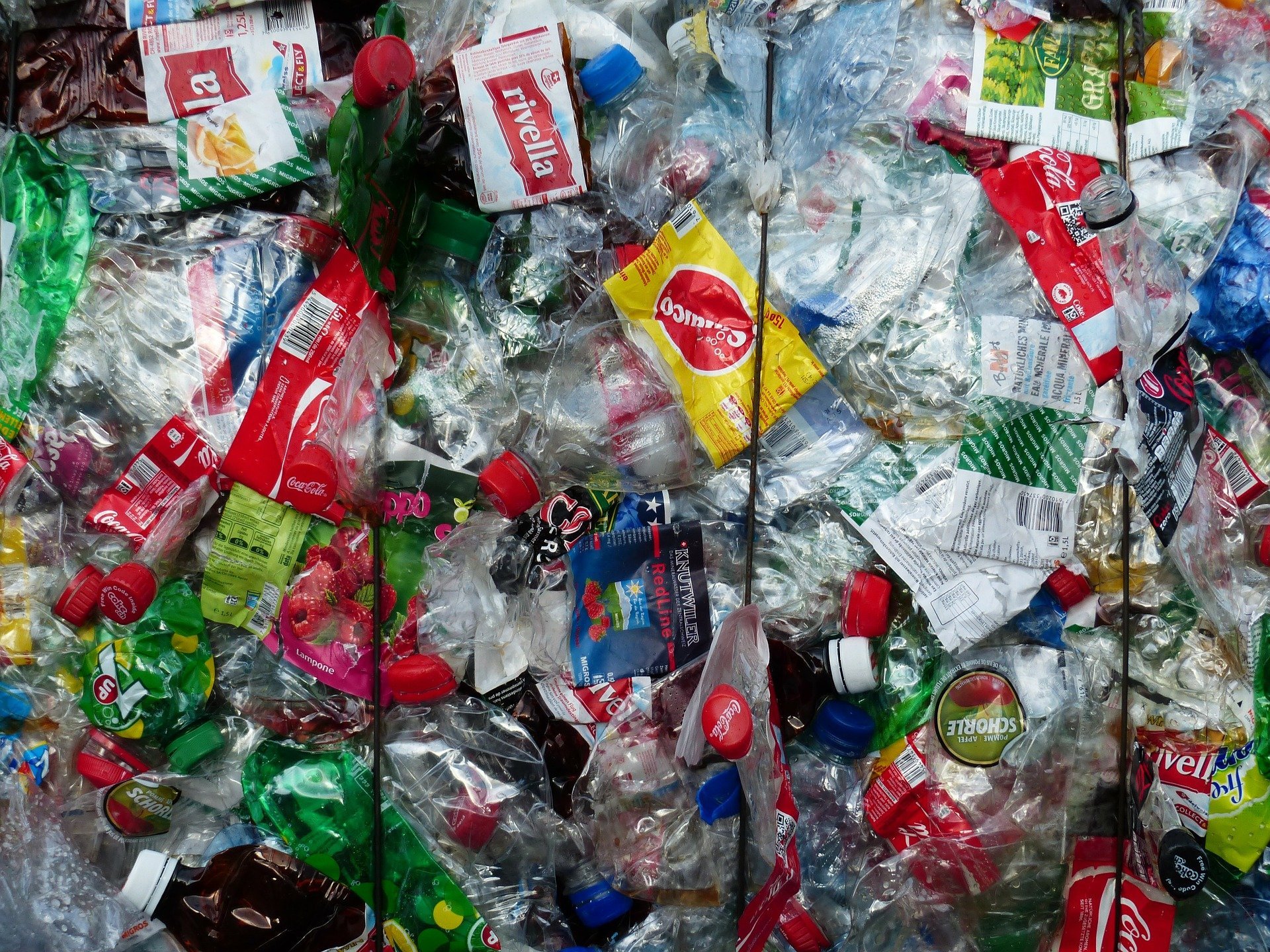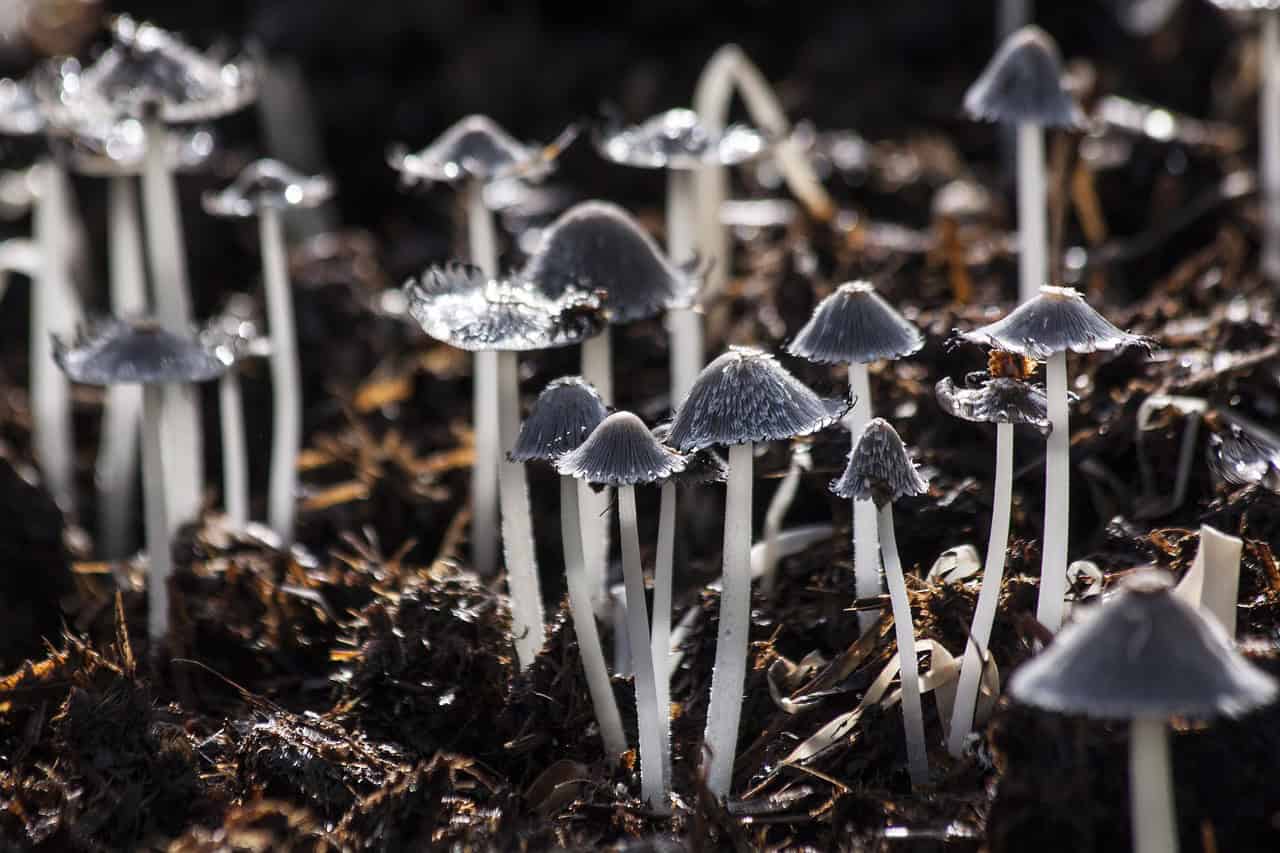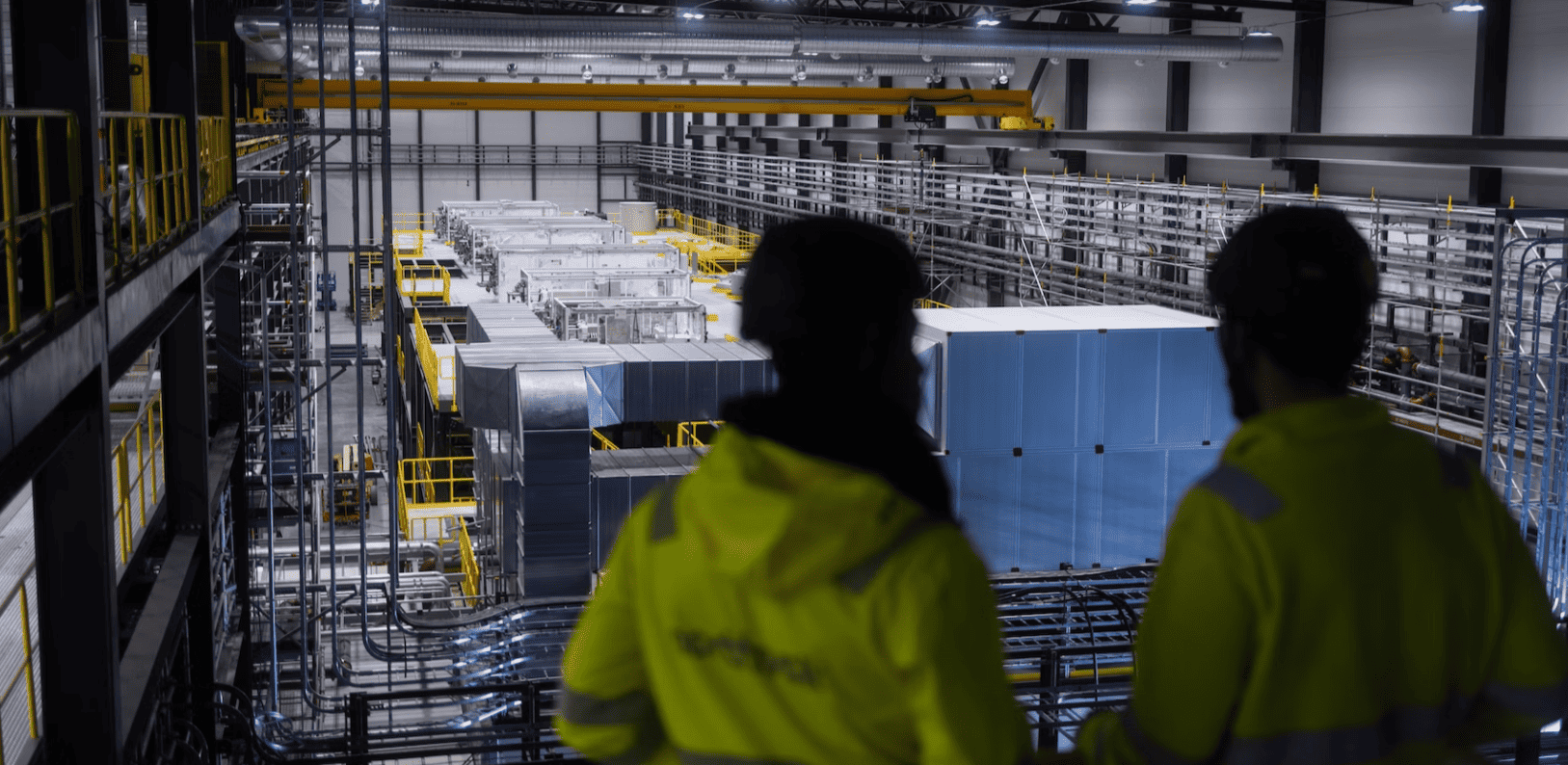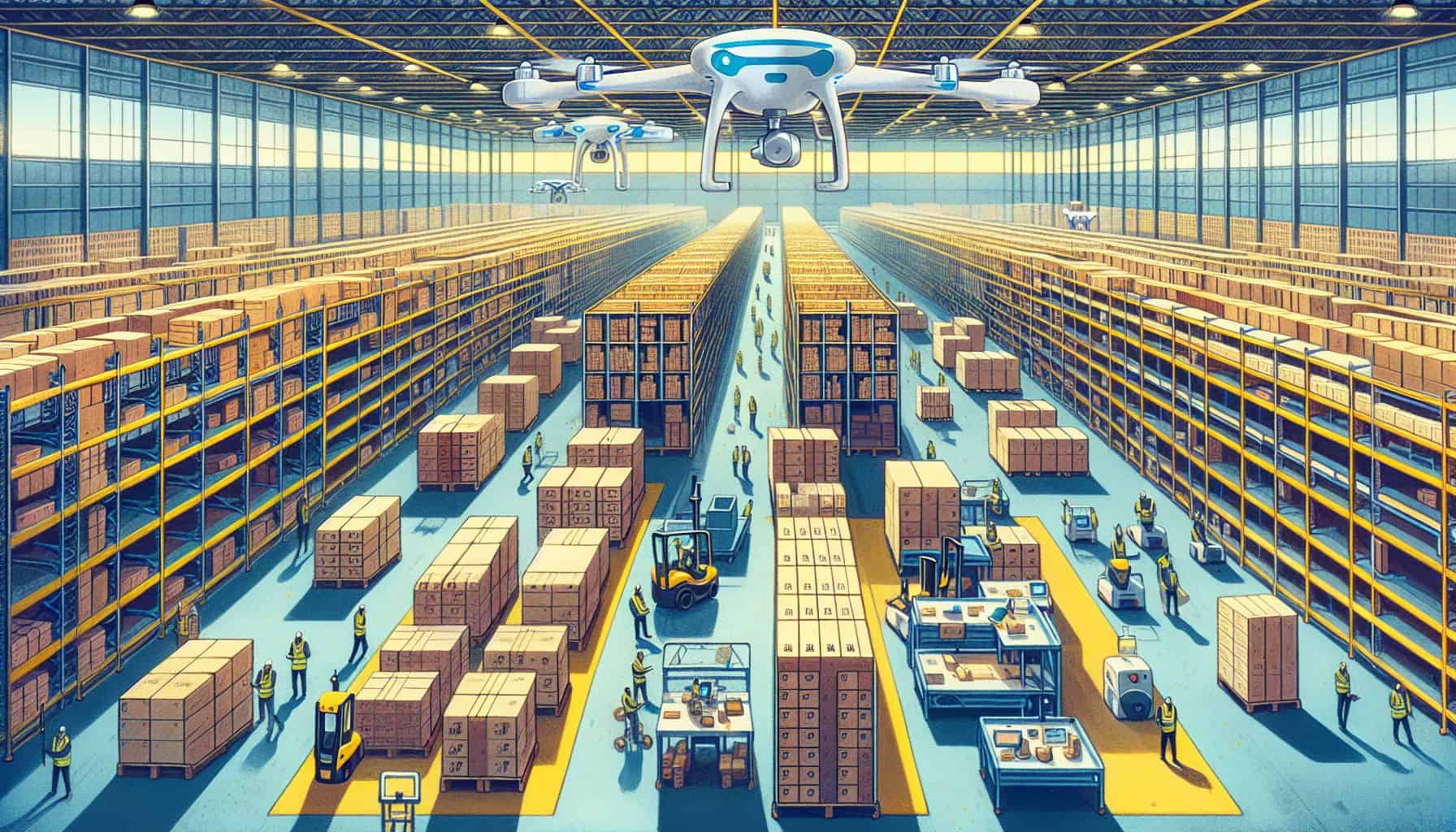
The battle against nanoplastic pollution might have found a new ally in the natural world: fungi. Research from Lund University reveals a ‘vacuum cleaner’ effect in fungi that could help keep these harmful particles at bay, says the university in a press release.
- Certain fungi can trap nanoplastics.
- Researchers use micro-engineered soil models and microfluidic chips to study nanoplastic interactions.
In a unique study, researchers use micro-engineered soil models and microfluidic chips to study nanoplastic interactions. The team discovered that certain fungi can trap nanoplastics in their vicinity, cleaning up their surroundings and mitigating the direct negative impact on soil microbes. While this is not a full solution to the global plastic waste crisis, it opens up new possibilities for sustaining pollution levels and enhances our understanding of soil ecosystem interactions with nanoplastics. The research team emphasises the need for further studies to fully understand the implications of this fungal response.

A global challenge
Plastic waste, a global challenge, finds its way into our soils through various pathways: careless disposal, landfill leakage, even wear and tear from car tyres and synthetic clothes. The result is a disturbing accumulation of micro- and nanoplastics, particles so small that they can infiltrate even the most microscopic corners of our environment.
These tiny plastic particles have proven toxic effects on diverse organisms. However, their impact on the soil ecosystem remains largely unknown. To explore this, researchers at Lund University turned to microfluidic chips, a growth system that allowed them to scrutinise the interactions of single cells with these nanoplastics under a microscope.
Fungi to the rescue
What the researchers found was a surprising coping mechanism in fungi. At high nanoplastic concentrations, the fungi managed to trap most of the tiny plastics present in their vicinity, a process the researchers have aptly named the ‘vacuum cleaner effect’.
This effect saw the nanoplastic particles cling to the surface of the fungal branches, rendering the surroundings almost nanoplastic-free. The fungus cleaned up its environment under high concentrations, allowing it to grow better again.
Species dependent?
Though the results of the study were consistent under many conditions, the researchers caution that the effect might be species dependent. This means that not all types of fungi may exhibit the same ‘vacuum cleaner’ effect. Nonetheless, the discovery opens up a new avenue of research and potential solutions.
While the fungal ‘vacuum cleaner’ effect offers a glimmer of hope, it is not a silver bullet in the fight against plastic waste. The researchers emphasise the need for humanity to reduce our plastic waste and pollution of soils.







